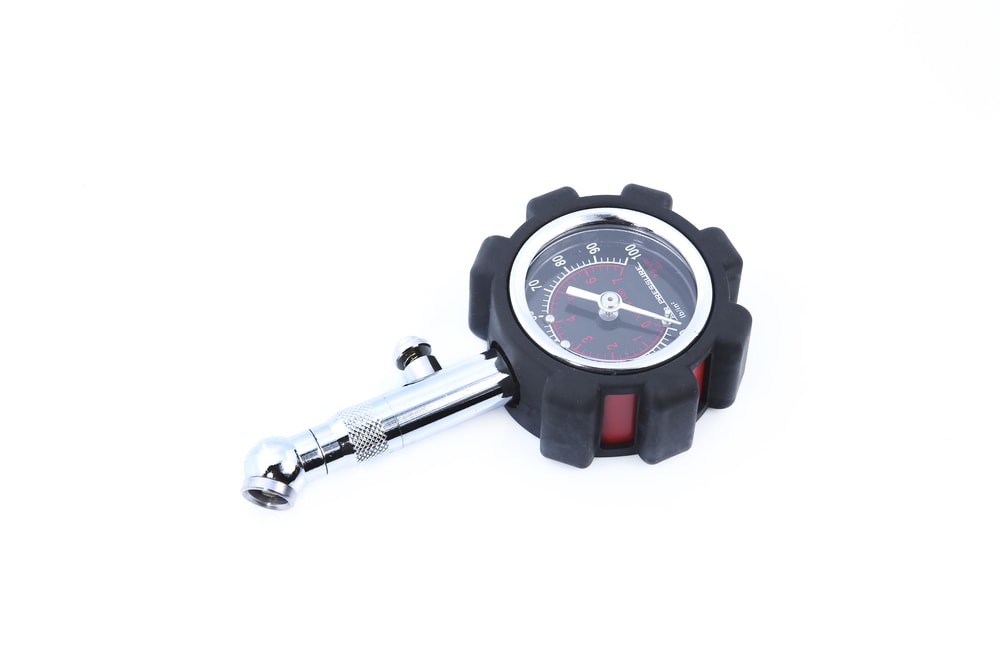

Keeping an eye on your tire pressure is vital. Low tires wear poorly, and they can have a negative effect on your fuel economy. It also makes them more susceptible to damage – a blowout can ruin anyone’s day. You’ll need a good quality tire pressure gauge to check the air pressure in your tires.
There are two primary choices here – digital or analog. They both have their pros and cons. Digital gauges are easier to read, and can be more accurate. Analog gauges are usually cheaper and smaller, which means they’re more portable. With that being said, you’ll find several large, dial-style analog gauges on the market that aren’t that small, so choose your gauge based on how you’ll be using it (carried in your car’s door pocket, or for use in your garage, for instance).
Here are a few things to keep in mind when in search of a tire pressure gauge:
Accuracy: The most important thing when buying any tire pressure gauge is accuracy. Digital trumps analog here. Remember – even a pound or two high or low can affect tire wear and fuel economy.
Ease of reading: Your gauge should be easy enough to read at a glance. Digital gauges are definitely easier to read (think of the difference between a digital clock and an old-style analog clock). Many of them also have lighted screens so you can read them easily in low-light situations.
Battery life: If you’re investing in a digital gauge, you need to consider the battery life. All digital gauges use a battery of some type (replaceable or rechargeable). The estimated battery life should be listed somewhere on the packaging. Also consider models that offer low-battery warnings, battery saving features, auto-off and more.
Bleeding: Low tire pressure is only one thing to worry about. It’s possible that your tires are over pressurized (or that you overfilled them when adding air). Consider a tire pressure gauge with a bleed-through feature, as this will allow you to bleed air out of the tire without removing the gauge, and see the pressure rating to stop it when it’s at the right amount.
With the right tire pressure gauge, you can keep your tires right where they should be, maximizing tire life, fuel economy and more.



